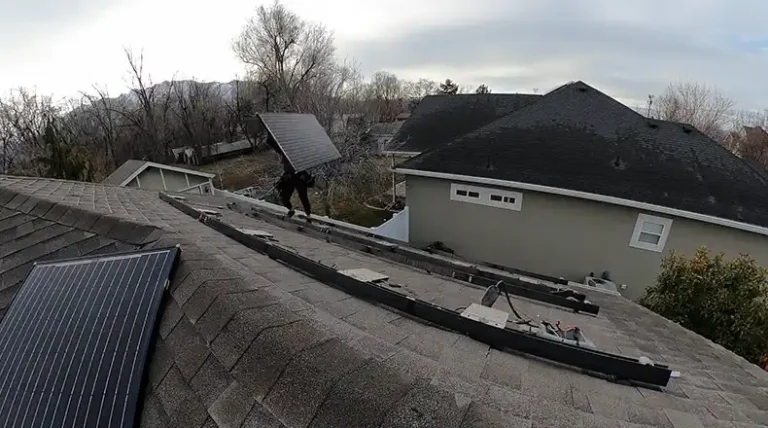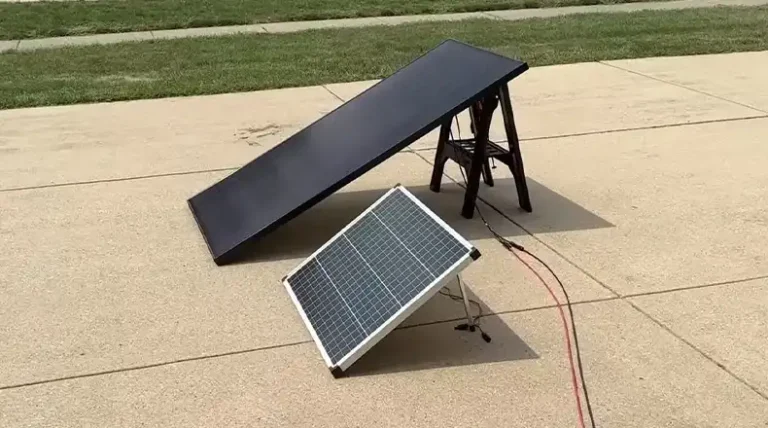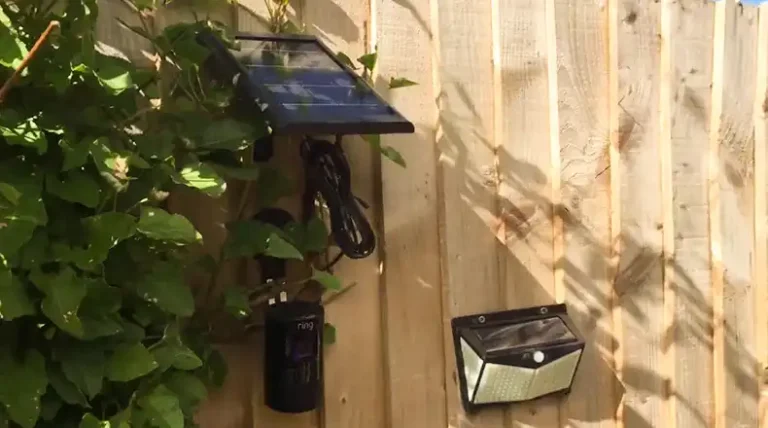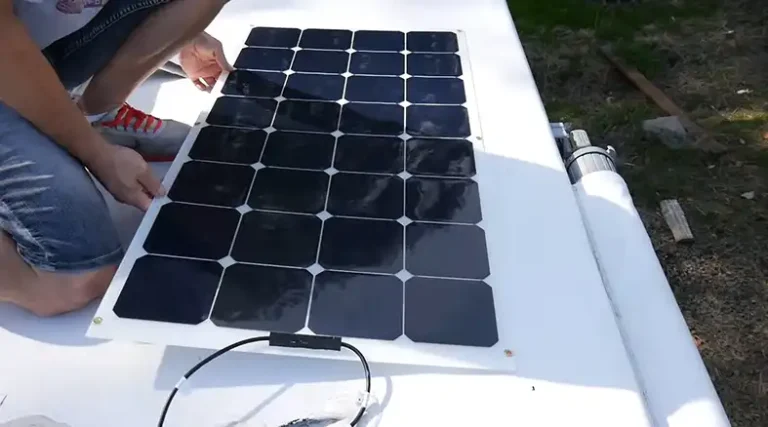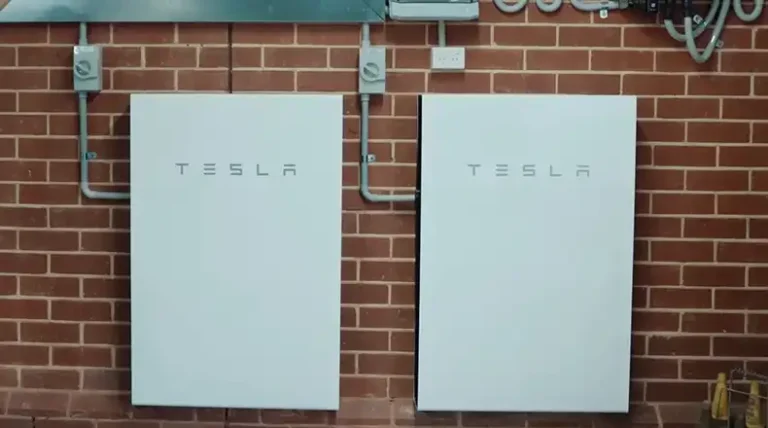How Many Solar Panels Do I Need for a Geyser?
Geysers are useful appliances that provide hot water on demand. They consume a significant amount of electricity to heat up water. Using solar panels to power your geyser is an eco-friendly and cost-effective option. But how do you determine the number of solar panels needed to run a geyser? This comprehensive guide will walk you through the key factors to consider when sizing a solar geyser system.
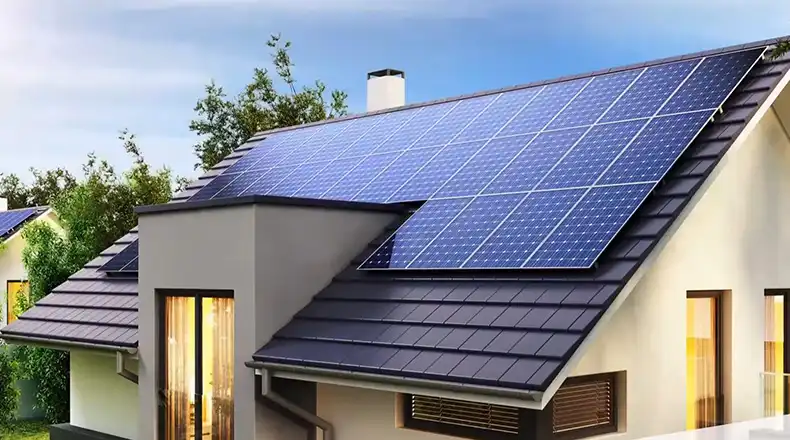
What Do You Need to Consider to Calculate the Number of Panels
Calculating solar panel requirements for a geyser depends on several variables:
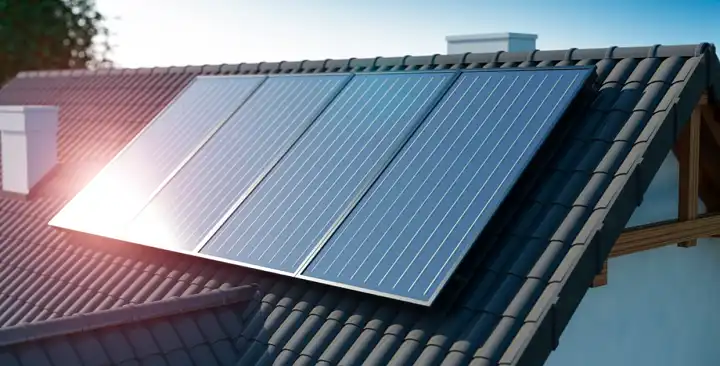
Power Consumption of the Geyser
The first step is finding out the wattage rating of your geyser. This specifies how much power it draws. Typical residential geysers range from 2000W to 3000W. The higher the wattage, the more solar panels will be needed. Check the label or manual to find the exact wattage.
Hours of Use Per Day
Estimate the average hours per day the geyser runs. A family of four may use a geyser for 2-3 hours daily for bathing, washing dishes and laundry. The more hours of use, the higher the energy needs.
Solar Irradiation in Your Area
The amount of sun your location receives impacts solar output. Sunnier areas will require fewer panels than cloudy or shaded locations. Check solar maps to find the average peak sun hours and solar irradiation (kWh/m2/day) for your city.
Efficiency of the Solar Panels
Solar panel efficiency ratings indicate how much of the sun’s energy they can convert to electricity. Standard panels are 15-20% efficient while premium panels can be over 22% efficient. Higher efficiency means more power output.
Orientation and Tilt of Solar Panels
Optimal orientation is true south in the northern hemisphere and true north in the southern hemisphere. Tilting panels at your latitude angle maximizes production. Suboptimal orientation decreases output.
How to Calculate Total Power Needs
To properly size the solar array, we first need to calculate the geyser’s total watt-hours per day based on the new specifications:
Find Wattage Rating of Geyser
The geyser in this example is 1500W.
Estimate Average Hours of Use Per Day
With the reduced runtime, the geyser now operates only 1 hour per day on average.
Multiply Wattage by Hours to Get Total Watt-hours
1500W x 1 hour = 1500 Wh or 1.5 kWh per day.
This is the new total daily energy usage that the solar panels will need to provide.
Solar Panel Output Calculation
The solar panel specifications remain unchanged:
Research Solar Insolation in Your Area
Same as before: 5 peak sun hours and 4.5 kWh/m2/day.
Determine Solar Panel Size and Efficiency
Same 330W, 19% efficient panel as the original example.
Calculate Expected kWh Output Per Panel
330W x 5 hours x 19% = 314 Wh or 0.314 kWh per day per panel.
This is still the estimated real-world production per solar panel.
Number of Panels Needed
We can now recalculate the number of panels required:
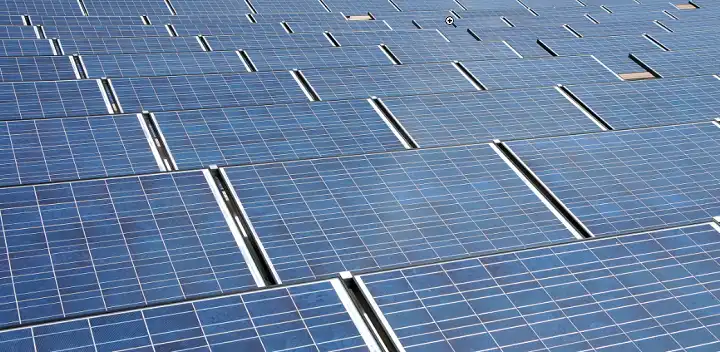
Divide Total Daily Geyser Needs by Panel Output
1500 Wh/day ÷ 314 Wh/day per panel = 4.8 panels.
Round Up to Nearest Whole Number
Rounding up, the number of panels needed is now 5.
Solar Array Configuration
Properly setting up the solar panels is critical:
– Wire panels in series to increase voltage
– Use parallel connections to reduce resistance
– Install an MPPT charge controller to maximize power transfer efficiency
– Face panels south (north in the southern hemisphere) at a tilt = to your latitude
Correct configuration and positioning ensure your solar panels will produce the expected output.
Batteries and Backup Power
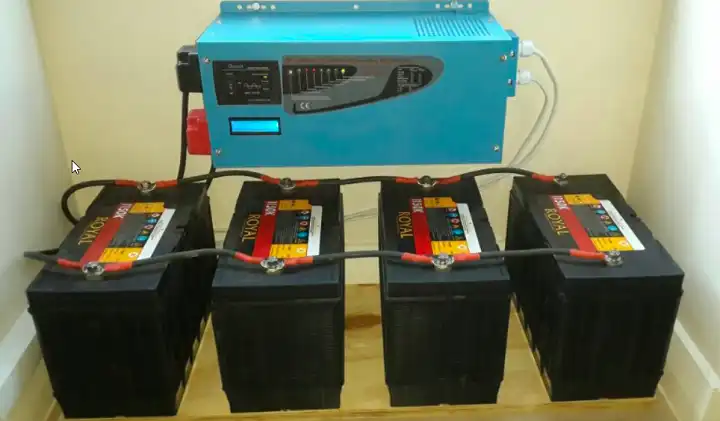
Solar energy is only available when the sun is shining. For continuous geyser operation you have two options:
– Add a battery bank to store surplus solar power during the day for overnight usage.
– Have a grid electricity or generator back up to kick in when solar is inadequate or unavailable.
Batteries add cost but provide energy independence. Back up power maintains supply during extended bad weather.
Installation and Maintenance
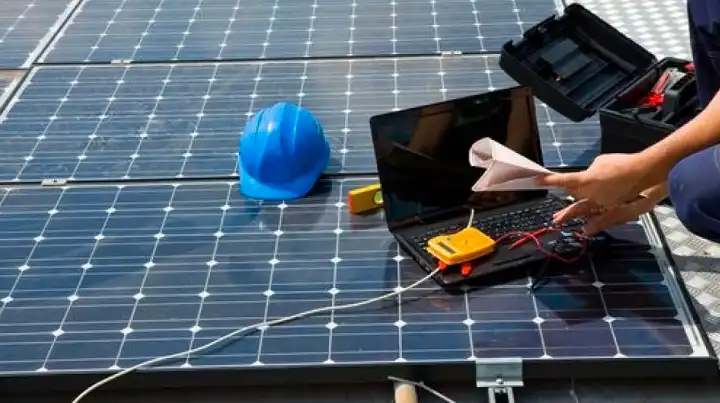
You can either hire a solar installer or DIY the system if you have electrical skills. Ensure proper wiring, fusing and grounding for safety.
To keep panels performing optimally:
– Inspect arrays monthly and clean off any dirt or debris
– Check all connections are tight and corrosion free
– Monitor daily energy production versus consumption to catch any issues early.
Proper maintenance is key to maximizing system lifetime and return on investment.
Conclusion and Summary
Determining the number of solar panels required for a geyser involves calculating total daily energy needs and the real-world output of your specific solar array design. Factors like geyser power rating, hours of use, panel efficiency and sun availability all impact the calculations. With some planning and the right solar panel sizing, you can run your geyser primarily on clean, free sunlight.
FAQ
How do I determine my geyser’s power rating?
Check the label on the side of the geyser or the specifications in the owner’s manual to find the wattage or kW rating. This is critical information for properly sizing your system.
What if I underestimate the number of panels needed?
The geyser will not have enough power and will underperform. Have a grid electricity backup and monitor system production versus consumption. You can always add more panels later if needed.
What happens if I oversize my solar array?
Having extra panels is better than too few, as long as you have the available roof space. The excess energy can be used for other electrical loads or stored in batteries. But too many panels adds unnecessary cost.
Can I install solar panels myself?
It’s possible if you have electrical expertise, but otherwise recommended to hire a qualified solar installer for proper wiring, connections, and safety. Get quotes from reputable professionals.
How often should I clean and inspect my solar panels?
Plan to visually inspect arrays monthly and clean off any debris or dirt that could block sunlight. This simple maintenance ensures optimal performance. Check all wiring annually.

